Filter by
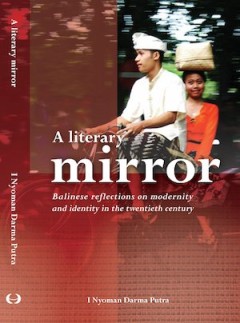
A literary mirror : Balinese reflections on modernity and identity in the twe…
A literary mirror is the first English-language work to comprehensively analyse Indonesian-language literature from Bali from a literary and cultural viewpoint. It covers the period from 1920 to 2000. This is an extremely rich field for research into the ways Balinese view their culture and how they respond to external cultural forces. This work complements the large number of existing studies …
- Edition
- -
- ISBN/ISSN
- 9789067183703
- Collation
- -
- Series Title
- -
- Call Number
- 800 INY l
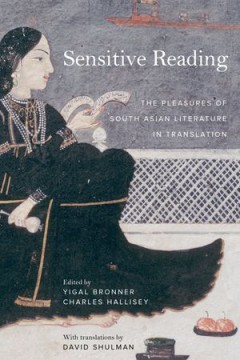
Sensitive Reading : The Pleasures of South Asian Literature in Translation
A free open access ebook is available upon publication. Learn more at www.luminosoa.org. What are the pleasures of reading translations of South Asian literature, and what does it take to enjoy a translated text? This volume provides opportunities to explore such questions by bringing together a whole set of new translations by David Shulman, noted scholar of South Asia. The translated selectio…
- Edition
- 1
- ISBN/ISSN
- 0520384482
- Collation
- -
- Series Title
- -
- Call Number
- 800 SEN
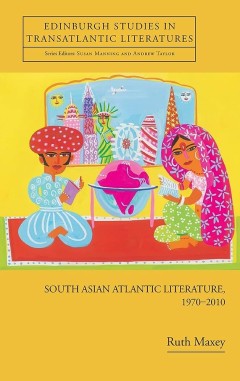
South Asian Atlantic Literature, 1970-2010
The first major interpretation of recent South Asian diasporic writing in specifically transatlantic terms.The book is organised around four key themes: home and nation; travel and return; racial mixing; and food and eating. Ruth Maxey offers readings of canonical and less well-known South Asian American and British Asian writers and texts and of key cinematic works. She explores the formal and…
- Edition
- -
- ISBN/ISSN
- 9780748641888
- Collation
- -
- Series Title
- -
- Call Number
- 800 MAX s
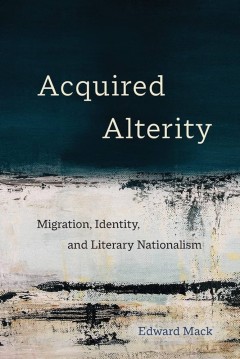
Acquired Alterity : Migration, Identity, and Literary Nationalism
A free open access ebook is available upon publication. Learn more at www.luminosoa.org. This is the first book-length study in English of the Japanese-language literary activities of early Japanese migrants to Brazil. It provides a detailed history of Japanese-language bookstores, serialized newspaper fiction, original creative works, and critical apparatuses that existed in Brazil prior to Wo…
- Edition
- -
- ISBN/ISSN
- 9780520383050
- Collation
- 274 halaman
- Series Title
- New Interventions in Japanese Studies volume 3
- Call Number
- 302 MAC a
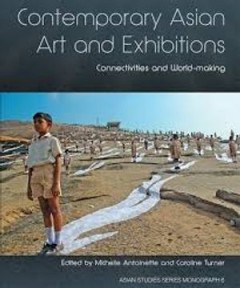
Contemporary Asian Art and Exhibitions : Connectivities and World-making
This volume draws together essays by leading art experts observing the dramatic developments in Asian art and exhibitions in the last two decades. The authors explore new regional and global connections and new ways of understanding contemporary Asian art in the twenty-first century. The essays coalesce around four key themes: world-making; intra-Asian regional connections; art’s affective…
- Edition
- -
- ISBN/ISSN
- 9781925022001
- Collation
- -
- Series Title
- Asian Studies Series Monograph 6
- Call Number
- 808.84 CON
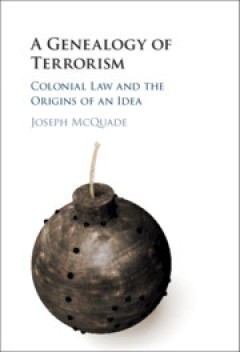
A Genealogy of Terrorism Colonial Law and the Origins of an Idea
Using India as a case study, Joseph McQuade demonstrates how the modern concept of terrorism was shaped by colonial emergency laws dating back into the nineteenth and early twentieth centuries. Beginning with the 'thugs', 'pirates', and 'fanatics' of the nineteenth century, McQuade traces the emerging and novel legal category of 'the terrorist' in early twentieth-century colonial law, ending wi…
- Edition
- -
- ISBN/ISSN
- 9781108896238
- Collation
- -
- Series Title
- -
- Call Number
- -
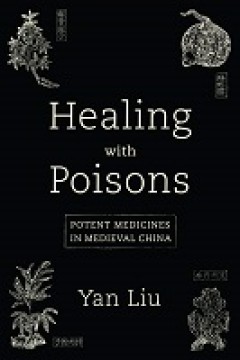
Healing with Poisons
At first glance, medicine and poison might seem to be opposites. But in China’s formative era of pharmacy (200–800 CE), poisons were strategically deployed as healing agents to cure everything from chills to pains to epidemics. Healing with Poisons explores the ways physicians, religious devotees, court officials, and laypeople used powerful substances to both treat intractable illnesses an…
- Edition
- -
- ISBN/ISSN
- 9780295749013
- Collation
- -
- Series Title
- -
- Call Number
- -

Universal Śaivism The Appeasement of All Gods and Powers in the Śāntyadhy…
In Universal Śaivism Peter Bisschop provides a critical edition and annotated translation of the sixth chapter of the Śivadharmaśāstra `Treatise on the Religion of Śiva’, the so-called Śāntyadhyāya 'Chapter on Appeasement’. The Sanskrit text is preceded by an extensive introduction on its composition, transmission and edition. The Śivadharmaśāstra has arguably played a crucial ro…
- Edition
- -
- ISBN/ISSN
- 9789004382466
- Collation
- -
- Series Title
- -
- Call Number
- -
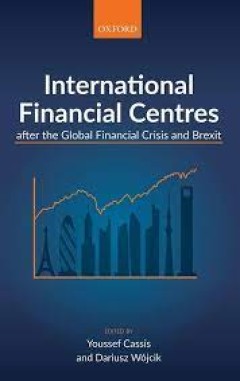
International Financial Centres after the Global Financial Crisis and Brexit
This book gathers leading economic historians, geographers, and social scientists to focus on the developments in key international financial centres following the 2008 Global Financial Crisis and to consider the likely effects of Brexit on these centres. Eleven centres in eight countries are taken into consideration: New York, London, Frankfurt, Paris, Zurich/Geneva, Hong Kong/Shanghai/Beijing…
- Edition
- -
- ISBN/ISSN
- 9780198817314
- Collation
- -
- Series Title
- -
- Call Number
- -
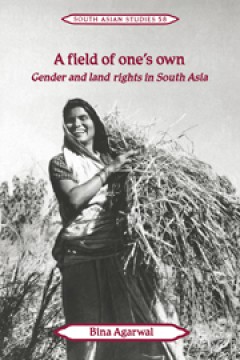
A Field of One's Own Gender and Land Rights in South Asia
This is the first major study of gender and property in South Asia. In a pioneering and comprehensive analysis Bina Agarwal argues that the single most important economic factor affecting women's situation is the gender gap in command over property. In rural South Asia, the most significant form of property is arable land, a critical determinant of economic well-being, social status, and empowe…
- Edition
- -
- ISBN/ISSN
- 9780511522000
- Collation
- -
- Series Title
- Cambridge South Asian Studies (58)
- Call Number
- -
 Computer Science, Information & General Works
Computer Science, Information & General Works  Philosophy & Psychology
Philosophy & Psychology  Religion
Religion  Social Sciences
Social Sciences  Language
Language  Pure Science
Pure Science  Applied Sciences
Applied Sciences  Art & Recreation
Art & Recreation  Literature
Literature  History & Geography
History & Geography